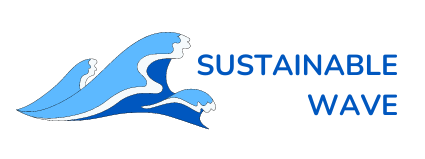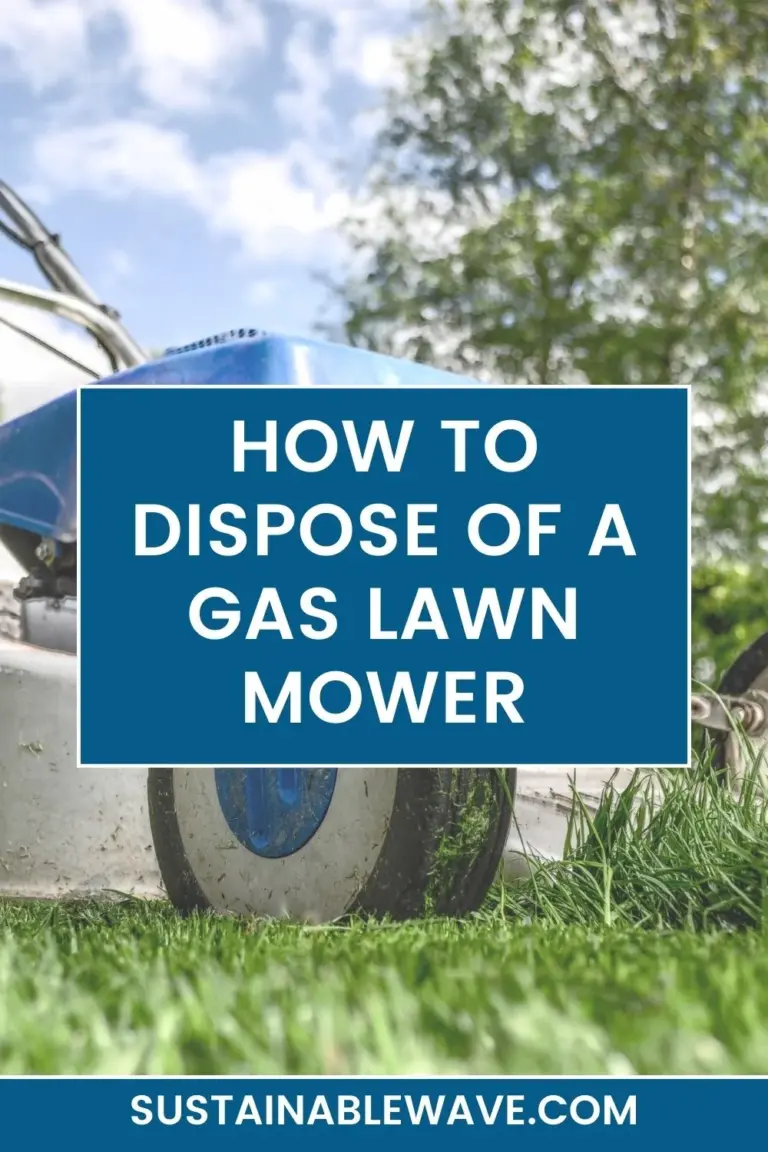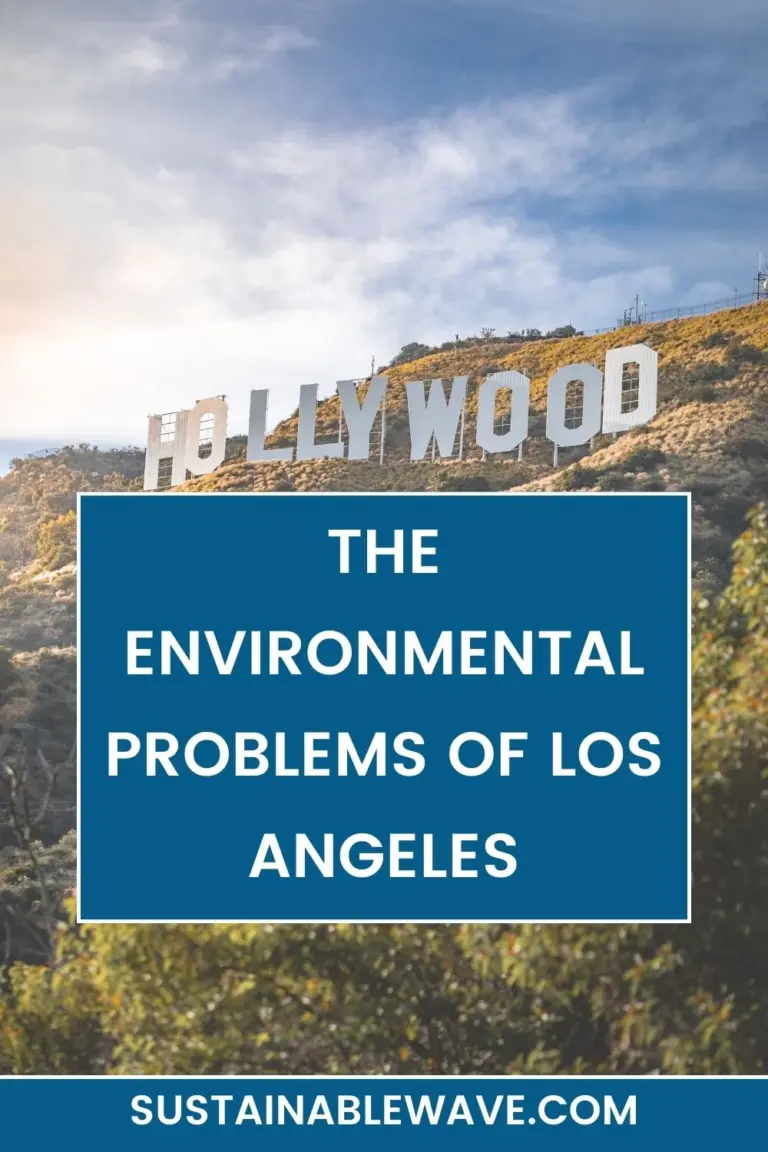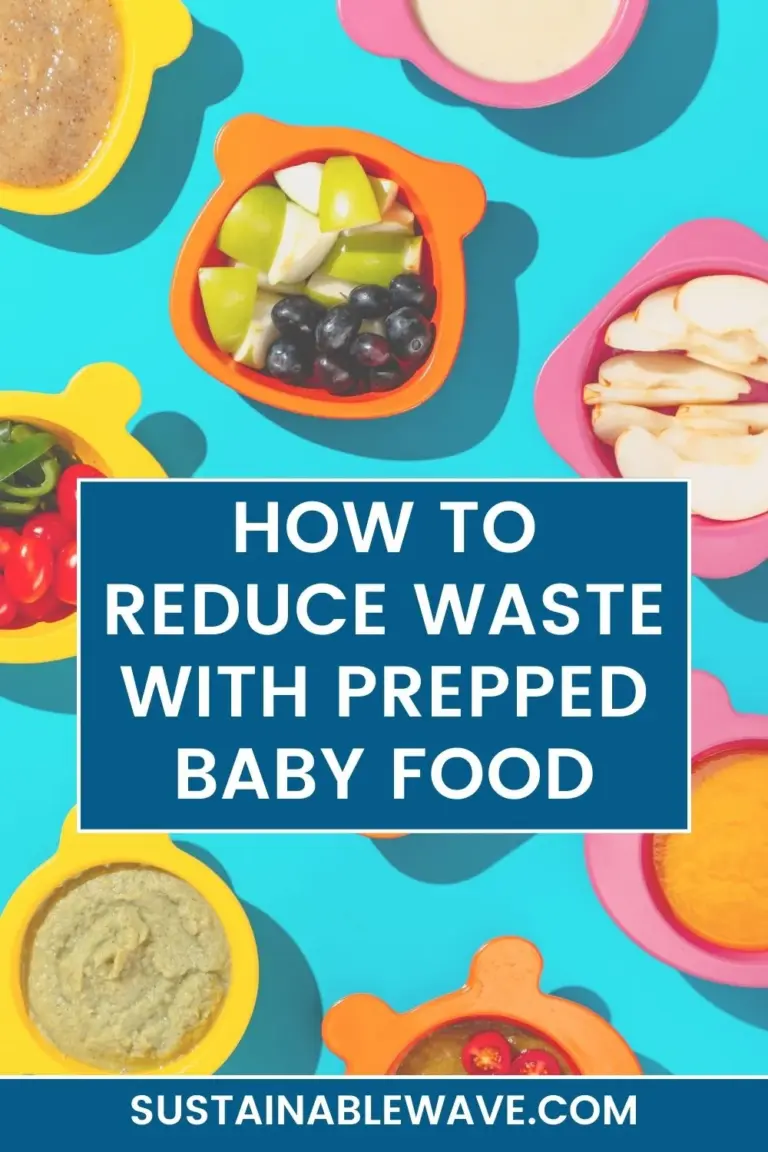As the wheels of the chemical industry turn, the importance of understanding the intricate web of regulatory measures becomes paramount.
One such critical provision is the Low Volume Exemption (LVE) under the Toxic Substances Control Act (TSCA).
But what is this exemption, and how does it impact the industry? Please grab a cup of joe, and let’s dive in!
Understanding Tsca Low Volume Exemption
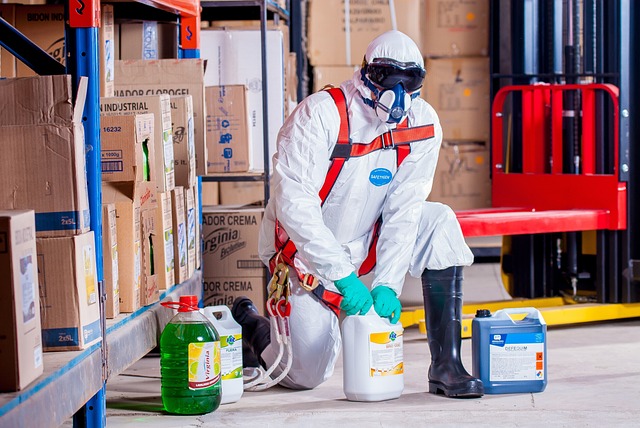
At its core, the Low Volume Exemption (LVE) offers a reprieve from certain regulatory requirements under TSCA for manufacturers and importers of chemicals.
But, like a sweet apple with a tough core, the finer details of this exemption warrant a more in-depth look.
Tsca in a Nutshell: The Foundation of Low Volume Exemption
Before we get into the nitty-gritty, it’s crucial to understand the larger umbrella under which this exemption lies.
The Toxic Substances Control Act (TSCA), enacted in 1976, regulates the introduction of new or already existing chemicals.
The act covers everything from testing requirements to restrictions and pre-manufacture notification.
Why Low Volume Exemption?
Now, you might be thinking, why the need for an exemption?
Let’s say you’re a chemical manufacturer or importer producing or importing less than 10,000 kg of a particular chemical per year.
In this case, the LVE offers you a chance to bypass certain Tsca requirements, making the process less burdensome.
The Low Volume Exemption Mechanism: An In-Depth Analysis
The Low Volume Exemption is no piece of cake.
So let’s roll up our sleeves and get into the details!
The Criteria: Eligibility for the Low Volume Exemption
So, who qualifies for this exemption?
The LVE applies to manufacturers or importers producing or importing less than 10,000 kg of a particular chemical per year.
But remember, just like every rose has its thorn, this opportunity comes with its set of conditions.
Exceptions to the Rule: When Low Volume Exemption Doesn’t Apply
Just when you thought you’d cracked the code, here comes the twist.
Not all chemicals qualify for this exemption.
Certain chemicals, due to their hazardous nature, are explicitly excluded from the LVE.
Low Volume Exemption: Walking Through the Process
Understanding the Low Volume Exemption process is like mastering a recipe. It’s all about knowing the ingredients and the steps involved. Let’s break it down!
Step One: Submitting the Request
The process starts with a formal request to the Environmental Protection Agency (EPA). This isn’t a casual note, folks. The request must include specific details about the chemical and the manufacturer or importer, akin to listing the ingredients in a recipe.
Step Two: EPA’s Review and Approval
Once the request is submitted, the ball is in the EPA’s court. The agency reviews the details, much like a chef scrutinizing the ingredients before cooking. If everything checks out, the EPA grants approval, marking the green light for the Low Volume Exemption.
Step Three: Compliance and Monitoring
Once the Low Volume Exemption is granted, it doesn’t mean you’re off the hook. Compliance with the terms of the exemption and ongoing monitoring is critical, just like following the recipe to the letter and keeping an eye on the cooking process to ensure a perfect dish.
Impact of the Low-Volume Exemption
Understanding TSCA Low Volume Exemption is more than just knowing the mechanics. It’s about grasping its far-reaching implications on the chemical industry.
Like ripples in a pond, the effects are felt wide and far.
A Catalyst for Innovation
When it comes to the chemical industry, innovation is the name of the game.
However, heavy regulatory requirements can act as a roadblock to experimentation. This is where the Low Volume Exemption comes into play.
By reducing regulatory burdens for chemicals produced or imported in smaller quantities, the LVE acts as a catalyst, promoting new ideas, products, and processes.
It’s like giving wings to creativity, facilitating the industry’s progress.
Balancing Safety and Progress
In the grand scheme of things, the Low Volume Exemption performs a delicate balancing act.
On one hand, it advances industry progress by reducing regulatory burdens. On the other hand, it doesn’t compromise on safety standards, as the exemption doesn’t apply to hazardous chemicals.
So, it’s like walking a tightrope, ensuring safety while fostering growth.
TSCA Compliance Requirements
The Toxic Substances Control Act (TSCA) isn’t a walk in the park!
It’s a comprehensive law that requires manufacturers, importers, and processors of chemical substances to comply with a variety of regulations and guidelines.
Registration and Inventory
Under TSCA, all chemicals produced or imported into the United States must be included in the TSCA Inventory.
So, the first step towards compliance is to make sure your chemicals are registered and listed. It’s like getting your ticket to the show; without it, you can’t proceed.
Testing and Reporting
But getting your ticket is just the beginning. TSCA requires you to conduct testing and provide substantial reports on the health and environmental effects of chemicals under scrutiny.
It’s like taking the stage – you have to be prepared to deliver a stellar performance.
Regulatory Management
Compliance with TSCA also involves adhering to regulations on the use, disposal, and distribution of chemical substances. It’s the encore performance, ensuring the show goes on without any hiccups.
TSCA Declarations – All You Need To Know
Navigating the world of TSCA can be as tricky as sailing through a tempest, and TSCA Declarations are an integral part of this journey.
TSCA Declaration: The What
A TSCA Declaration is a legally binding document that certifies that a chemical substance complies with all the relevant TSCA requirements.
It’s the captain’s log that keeps your voyage on the right course.
Importance of TSCA Declarations: The Why
Why do we need TSCA Declarations, you ask? These documents are essential in demonstrating compliance with the TSCA regulations.
They serve as proof that you’ve crossed your Ts and dotted your Is.
Completing a TSCA Declaration: The How
Completing a TSCA Declaration involves verifying that your chemical substances comply with TSCA, including being listed on the TSCA Inventory.
It’s like charting your course and ensuring you’ve got all the right equipment for your voyage.
TSCA Chemicals List
The Toxic Substances Control Act (TSCA) Chemicals List plays a pivotal role in chemical regulation in the United States.
Understanding this list can feel like trying to hit a moving target, but we’re here to break it down for you.
TSCA Chemicals List
- The TSCA Chemicals List is essentially a comprehensive inventory of all chemical substances manufactured, processed, or imported in the United States.
- This list is managed and updated by the Environmental Protection Agency (EPA).
- The purpose of this list is to monitor and regulate the use of chemical substances to protect public health and the environment.
Features of the TSCA Chemicals List
- The TSCA Chemicals List is divided into two portions: the public inventory and the confidential inventory.
- The public inventory includes substances that are available for general public knowledge.
- The confidential inventory consists of substances considered trade secrets and is, therefore, not disclosed to the public.
Importance of the TSCA Chemicals List
- For manufacturers and importers, having their chemical substances included in the TSCA Chemicals List is a mandatory requirement for operating within the US.
- The list also aids in regulatory compliance, as substances not on the list are subject to more rigorous scrutiny and regulatory procedures.
- For the general public and regulatory authorities, the list serves as a reference for understanding and monitoring the chemical substances in circulation.
Conclusion: Understanding Tsca Low Volume Exemption
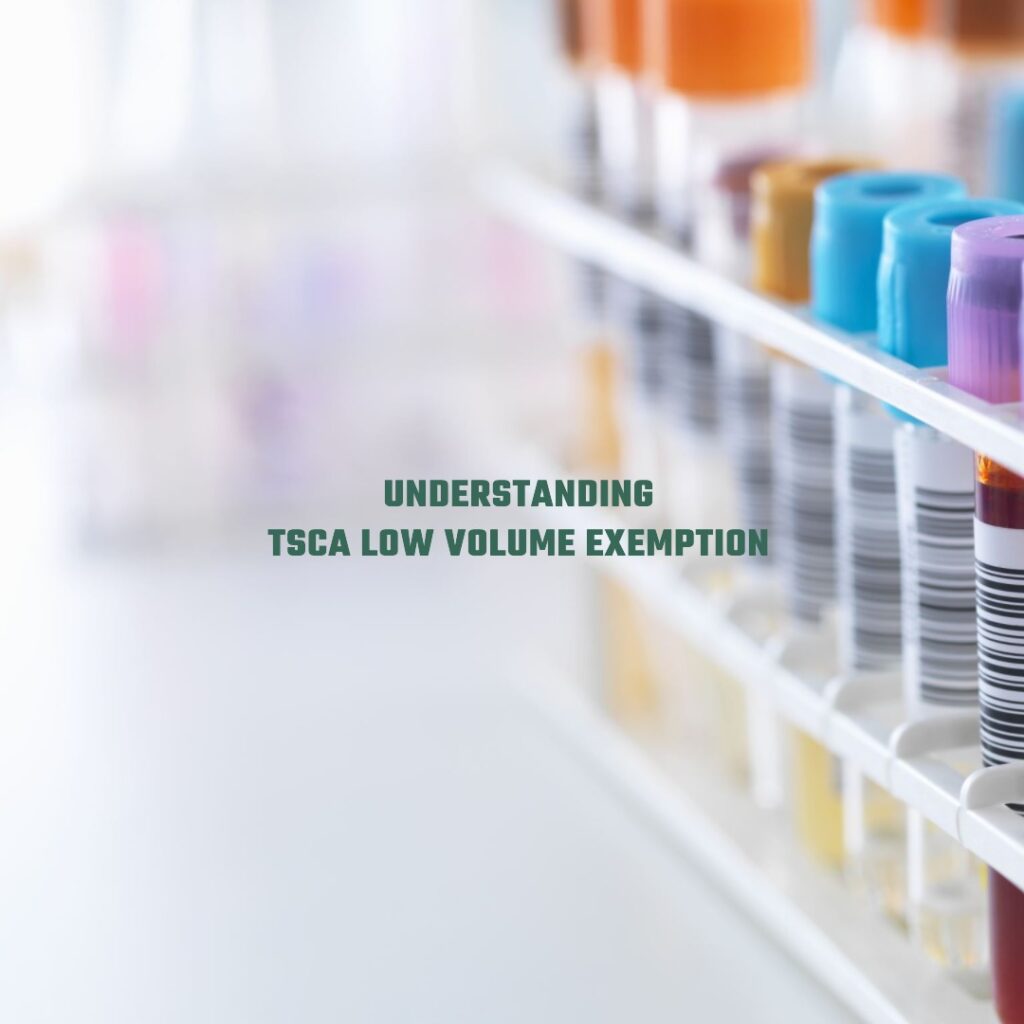
Understanding Tsca’s Low Volume Exemption is akin to walking a tightrope—it requires balance and precision. It’s a crucial provision under TSCA, fostering innovation while ensuring safety.
This article provided a detailed insight into the LVE, its mechanism, and its impact on the chemical industry.
The next time you hear about Tsca’s Low Volume Exemption, you’ll know exactly what it’s all about!
Frequently Asked Questions
1. What is Tsca’s Low Volume Exemption?
The Low Volume Exemption is a provision under the Toxic Substances Control Act that allows manufacturers and importers of chemicals to bypass specific regulatory requirements if they produce or import less than 10,000 kg of a particular chemical per year.
2. Who is eligible for the Low Volume Exemption?
Manufacturers or importers who produce or import less than 10,000 kg of a particular chemical per year are eligible for the Low Volume Exemption. However, certain chemicals are excluded from this exemption due to their hazardous nature.
3. How do you apply for a Low Volume Exemption?
To apply for a Low Volume Exemption, a formal request needs to be submitted to the EPA. This request includes specific details about the chemical and the manufacturer or importer.
4. How does the Low Volume Exemption impact the chemical industry?
The Low Volume Exemption has a significant impact on the chemical industry by promoting innovation. By easing regulatory constraints, the LVE encourages manufacturers and importers to experiment with new chemicals and processes.
5. Does the Low Volume Exemption undermine safety regulations?
The Low Volume Exemption doesn’t undermine safety regulations. It simply provides a balanced approach, allowing for innovation in the chemical industry while ensuring public health and environmental safety.
6. Are all chemicals eligible for the Low Volume Exemption?
No, not all chemicals are eligible for the Low Volume Exemption. Certain chemicals, due to their hazardous nature, are explicitly excluded from this provision.
Sources
- United States Environmental Protection Agency
- American Chemistry Council
- University of Southern California
I’m Thomas, the owner of SustainableWave. Passionately promoting a sustainable planet. With experience in various eco-roles, I’ll share green tips, sustainability hacks, and personal eco-journeys on my blog.
